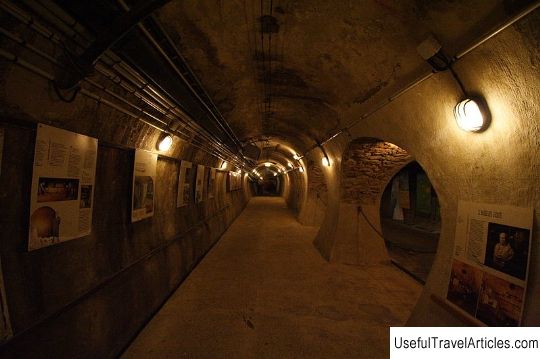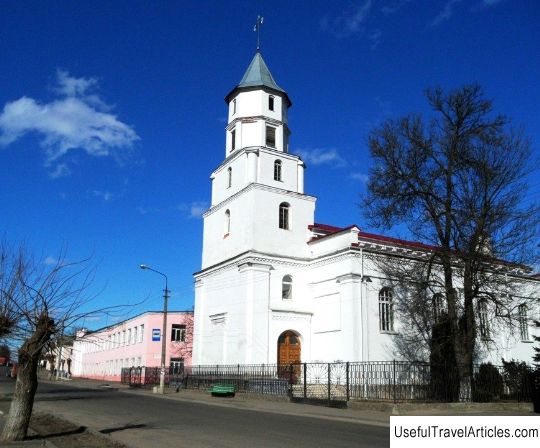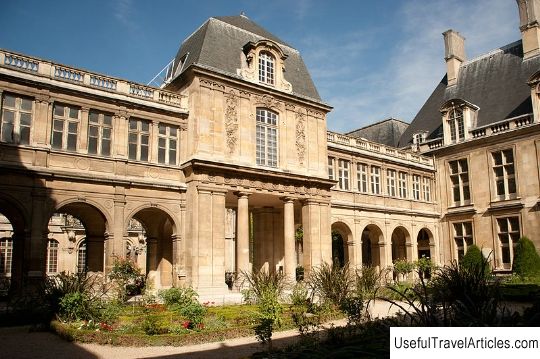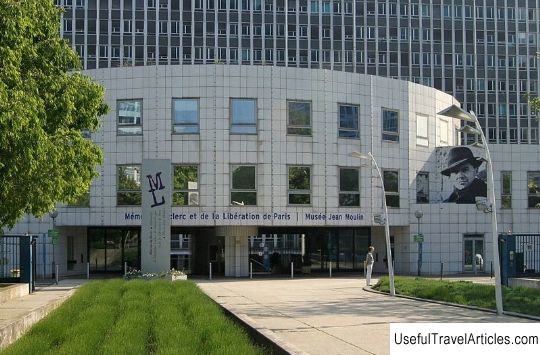Sewerage Museum (Musee des Egouts de Paris) description and photos - France: Paris
Rating: 7,6/10 (5605 votes) 
Sewerage Museum (Musee des Egouts de Paris) description and photos - France: Paris. Detailed information about the attraction. Description, photographs and a map showing the nearest significant objects. The title in English is Musee des Egouts de Paris. Photo and descriptionIn the Paris Sewerage Museum, you can learn in detail the history of the metropolis's struggle for cleanliness and sanitary safety. Not the best topic for small talk, but a huge problem for any big city. This was well understood by the Romans: under the ruins of Roman baths in the Latin Quarter, sewer pipes were found. With the fall of the Roman Empire, Parisians forgot about sanitation; liquid waste was simply thrown into street ditches. In 1131, at the Greve market, a black pig overturned the horse of King Philip the Young - the monarch fell into a heap of excrement and died a day later. Open drains were the source of infections and a terrible stench. In 1370, the provost of Paris, Hugues Aubriot, built the first real sewerage system - a vaulted tunnel under Montmartre. Under Louis XIV, a large circular sewer pipe was built on the banks of the Seine. Under Napoleon, the capital's sewerage system numbered 30 km of tunnels. Real changes began under the prefect of Paris, Baron Haussmann. The engineer Eugene Belgran has developed an advanced sewerage and water supply system. At the same time, he decided to use the old tunnels, clogged with age-old mud. The Parisians themselves cleaned 200 tunnels free of charge: for this, a rumor was started about the allegedly available treasures. By 1878, the city's sewerage network had grown to 600 km. Today, the Parisian sewerage and wastewater treatment system is one of the largest in Europe. Under the city, 2,100 km of tunnels have been laid, which have become a mirror image of streets on the surface: they have the same names and the same numbering of "houses". The Sewerage Museum is located in the underground galleries near the Alma Bridge. There are ramps for visitors, along which you can walk along the existing collectors. Fans supply fresh air. You can see the current flood protection system of the Resistance square, the supply of the Cognac-Zhe street, the collector of the Avenue Bosquet.      We also recommend reading Latinska Cuprija bridge description and photos - Bosnia and Herzegovina: Sarajevo Topic: Sewerage Museum (Musee des Egouts de Paris) description and photos - France: Paris. |




